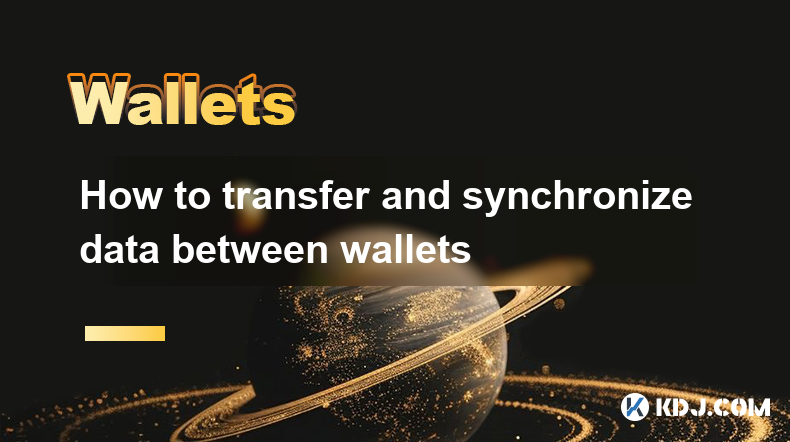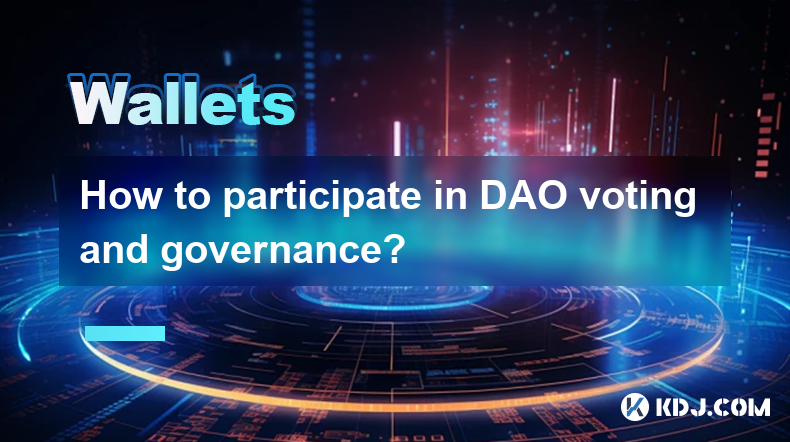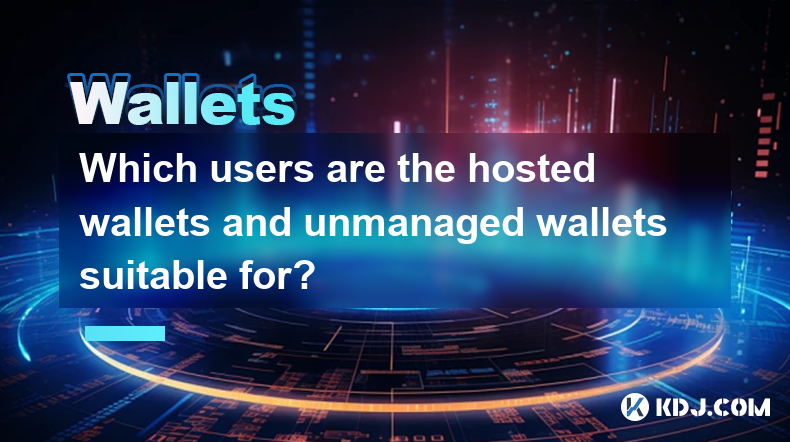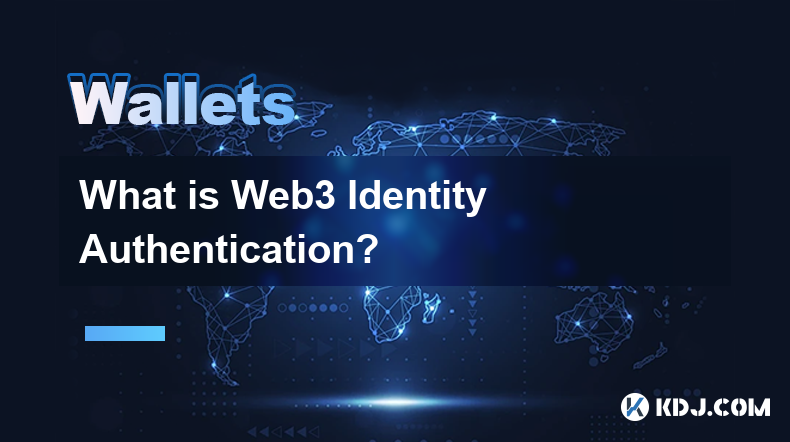-
 Bitcoin
Bitcoin $98,025.6326
0.89% -
 Ethereum
Ethereum $2,737.8725
0.46% -
 XRP
XRP $2.6131
-2.89% -
 Tether USDt
Tether USDt $1.0006
0.05% -
 BNB
BNB $655.7098
1.02% -
 Solana
Solana $173.4768
0.84% -
 USDC
USDC $0.9999
-0.01% -
 Dogecoin
Dogecoin $0.2525
0.08% -
 Cardano
Cardano $0.7950
0.93% -
 TRON
TRON $0.2442
1.19% -
 Chainlink
Chainlink $18.4045
2.42% -
 Avalanche
Avalanche $25.4213
4.17% -
 Sui
Sui $3.4185
3.80% -
 Stellar
Stellar $0.3353
-2.57% -
 Litecoin
Litecoin $132.8099
3.46% -
 Hedera
Hedera $0.2188
0.24% -
 Shiba Inu
Shiba Inu $0.0...01553
1.16% -
 Toncoin
Toncoin $3.6141
0.78% -
 UNUS SED LEO
UNUS SED LEO $9.6975
0.03% -
 Hyperliquid
Hyperliquid $24.2029
-1.70% -
 Polkadot
Polkadot $5.1915
5.03% -
 MANTRA
MANTRA $7.5295
2.14% -
 Bitcoin Cash
Bitcoin Cash $324.3149
0.81% -
 Ethena USDe
Ethena USDe $0.9985
-0.11% -
 Bitget Token
Bitget Token $4.7772
6.64% -
 Uniswap
Uniswap $9.1729
1.01% -
 Dai
Dai $1.0001
-0.02% -
 Monero
Monero $234.8248
0.80% -
 NEAR Protocol
NEAR Protocol $3.5106
6.70% -
 Pepe
Pepe $0.0...09628
2.63%
How to understand MPT (Merkle Patricia Tree)?
Merkle Patricia Trees (MPTs) are specialized data structures employed in blockchain technology to efficiently organize and store vast amounts of data, ensuring its security and immutability through a tree-like structure and cryptographic hashes.
Feb 20, 2025 at 09:12 pm

Demystifying Merkle Patricia Tree (MPT): A Comprehensive Guide
Key Points
- Definition and Significance of MPTs
- Structure and Implementation of MPTs
- Variants of MPTs and Their Applications
- Benefits and Limitations of MPTs
- Understanding MPTs in Real-World Cryptographic Applications
- MPTs vs. Other Data Structures (e.g., Hash Maps, Bloom Filters)
- Optimizations and Performance Considerations for MPTs
Definition and Significance of MPTs
- Merkle Patricia Trees (MPTs) are a specialized data structure utilized in blockchain technology, specifically in Ethereum, to efficiently store and organize large amounts of data.
- They possess a tree-like structure with nodes representing data blocks and branches representing their hashes, creating a cryptographically secure and immutable record.
Structure and Implementation of MPTs
- MPTs are typically implemented using a key-value pair system.
- Nodes consist of two fields: a key and a corresponding hash (or another node).
- Branches connect nodes based on shared prefixes, resulting in a compact tree structure.
Variants of MPTs and Their Applications
- Sparse MPTs: Used for storing sparse data (i.e., data with many empty nodes) and is commonly employed in Ethereum's state database.
- Nibbleized MPTs: Utilizes nibbles (4-bit units) rather than full bytes, optimizing space and improving performance in blockchain applications.
Benefits and Limitations of MPTs
Benefits:
- Compact Storage: MPTs optimize storage by eliminating duplicate data through hashing.
- Cryptographic Security: Data integrity is ensured as any modifications require updating multiple hashes, creating a tamper-proof mechanism.
- Efficient Read and Write Operations: Targeted reads and writes can be performed directly at specific keys, minimizing network bandwidth and processing time.
Limitations:
- Read-Dominant: MPTs excel in read-intensive applications but may face challenges with write-heavy scenarios.
- Node Bloating: As data grows within an MPT, nodes can become bloated, potentially affecting performance and storage efficiency.
Understanding MPTs in Real-World Cryptographic Applications
- In Ethereum, MPTs are utilized to store account data, transaction histories, and smart contracts, providing a secure and scalable foundation for the blockchain.
- Secure Enclaves employ MPTs to offer protected storage and computing environments, ensuring the confidentiality and integrity of sensitive data.
MPTs vs. Other Data Structures (e.g., Hash Maps, Bloom Filters)
- Hash Maps: MPTs offer an alternative to hash maps, providing efficient key-value pair storage while maintaining cryptographic integrity and tamper resistance.
- Bloom Filters: While Bloom filters provide a probabilistic approach for data existence checks, MPTs offer deterministic and precise answers.
Optimizations and Performance Considerations for MPTs
- Lazy Evaluation: Nodes are not eagerly created, only when needed, reducing computational overhead.
- Node Caching: Frequently accessed nodes are cached in memory, accelerating retrieval operations.
- Disk-Assisted MPTs: Large MPTs can be partitioned and stored on disks, with only active portions loaded into memory.
FAQs
What is the primary use case for MPTs?
MPTs are primarily utilized in blockchain and cryptographic applications for secure and efficient storage of data, particularly in cases where data integrity and tamper resistance are paramount.
How do MPTs contribute to blockchain security?
MPTs create an immutable and cryptographically verifiable record of data, ensuring that modifications require updating multiple hashes, preventing malicious alterations or unauthorized access.
How does the performance of MPTs compare to traditional data structures?
MPTs often outperform traditional data structures, such as hash maps, in scenarios involving frequent reads and writes of large datasets. They provide efficient targeted operations and can leverage optimization techniques to further enhance performance.
What limitations should be considered when using MPTs?
MPTs may face challenges in scenarios involving frequent write operations, and node bloating can potentially impact storage efficiency and performance. Careful consideration of data characteristics and appropriate optimizations are essential.
How have MPTs evolved over time?
MPTs have undergone various improvements and optimizations, including the development of sparse MPTs, nibbleized MPTs, and disk-assisted MPTs, which have expanded their applicability and efficiency.
Disclaimer:info@kdj.com
The information provided is not trading advice. kdj.com does not assume any responsibility for any investments made based on the information provided in this article. Cryptocurrencies are highly volatile and it is highly recommended that you invest with caution after thorough research!
If you believe that the content used on this website infringes your copyright, please contact us immediately (info@kdj.com) and we will delete it promptly.
- Hedera (HBAR) Struggling to Find Support as Investors Continue to Pull Funds Out of the Market
- 2025-02-21 23:35:23
- Bybit Makes Liquidation Data Publicly Accessible via API to Expand Information Flow for Crypto Traders
- 2025-02-21 23:35:23
- Shiba Inu Whale Makes a Power Move; But Is the Real Action Elsewhere?
- 2025-02-21 23:35:23
- SPX6900 Price Trying to Overcome a Major Resistance as MEMEX Presale Attracts Investors
- 2025-02-21 23:35:23
- Sam Bankman-Fried Details Political Donations, Expresses Optimism About Securing Presidential Pardon from Donald Trump
- 2025-02-21 23:35:23
- Shiba Inu (SHIB) Expected To Bounce To New Level As Ripple (XRP) Indicators Points Towards Uptrend
- 2025-02-21 23:35:23
Related knowledge

How to transfer and synchronize data between wallets
Feb 21,2025 at 12:25pm
Key Points:Understanding different wallet types and their capabilitiesIdentifying similarities and differences between walletsExploring options for transferring and synchronizing dataEnsuring data security and integrity during transferAddressing common challenges and troubleshooting tipsHow to Transfer and Synchronize Data Between Cryptocurrency Wallets...

Why do you need to understand Ethereum network congestion and gas fees?
Feb 21,2025 at 04:48am
Key PointsUnderstanding Ethereum Network Congestion and Gas FeesGas Fees ExplainedFactors Affecting Network CongestionStrategies for Minimizing Gas FeesImpact of Ethereum UpgradesUnderstanding Ethereum Network Congestion and Gas FeesThe Ethereum network is a decentralized platform that hosts a vast ecosystem of decentralized applications (dApps), non-fu...

How to participate in DAO voting and governance?
Feb 21,2025 at 03:42pm
Key Points:Overview of DAO Voting and GovernanceUnderstanding DAO Structures and MembershipRole of DAO Tokens and Voting RightsParticipating in Voting and Proposal SubmissionLeveraging Governance Tools and PlatformsImpact of Voting Participation on DAO OutcomesBest Practices for Effective DAO GovernanceHow to Participate in DAO Voting and Governance1. U...

How to deal with unauthorized tokens and phishing attacks
Feb 21,2025 at 05:25am
Dealing with Unauthorized Tokens and Phishing Attacks in the Cryptocurrency CircleThe cryptocurrency market is rife with potential dangers, including unauthorized tokens and phishing attacks. To protect yourself from these threats, it's crucial to take proactive measures and be vigilant in your online activities.Key Points:Unauthorized Tokens: Tokens cr...

Which users are the hosted wallets and unmanaged wallets suitable for?
Feb 21,2025 at 12:00am
Key PointsDefinition and Characteristics of Hosted Wallets and Unmanaged WalletsAdvantages and Disadvantages of Hosted Wallets and Unmanaged WalletsDetermining Suitability for Hosted Wallets and Unmanaged WalletsExamples of Hosted Wallets and Unmanaged WalletsFrequently Asked Questions and AnswersHosted WalletsDefinition: A hosted wallet is a cryptocurr...

What is Web3 Identity Authentication?
Feb 21,2025 at 06:12am
Key Points:Web3 identity authentication revolutionizes online identity management.Decentralized Identifiers (DIDs) and Verifiable Credentials (VCs) provide secure and privacy-enhancing alternatives to traditional methods.Self-sovereign identity enables individuals to fully own and control their digital identities.Blockchain technology underpins Web3 ide...

How to transfer and synchronize data between wallets
Feb 21,2025 at 12:25pm
Key Points:Understanding different wallet types and their capabilitiesIdentifying similarities and differences between walletsExploring options for transferring and synchronizing dataEnsuring data security and integrity during transferAddressing common challenges and troubleshooting tipsHow to Transfer and Synchronize Data Between Cryptocurrency Wallets...

Why do you need to understand Ethereum network congestion and gas fees?
Feb 21,2025 at 04:48am
Key PointsUnderstanding Ethereum Network Congestion and Gas FeesGas Fees ExplainedFactors Affecting Network CongestionStrategies for Minimizing Gas FeesImpact of Ethereum UpgradesUnderstanding Ethereum Network Congestion and Gas FeesThe Ethereum network is a decentralized platform that hosts a vast ecosystem of decentralized applications (dApps), non-fu...

How to participate in DAO voting and governance?
Feb 21,2025 at 03:42pm
Key Points:Overview of DAO Voting and GovernanceUnderstanding DAO Structures and MembershipRole of DAO Tokens and Voting RightsParticipating in Voting and Proposal SubmissionLeveraging Governance Tools and PlatformsImpact of Voting Participation on DAO OutcomesBest Practices for Effective DAO GovernanceHow to Participate in DAO Voting and Governance1. U...

How to deal with unauthorized tokens and phishing attacks
Feb 21,2025 at 05:25am
Dealing with Unauthorized Tokens and Phishing Attacks in the Cryptocurrency CircleThe cryptocurrency market is rife with potential dangers, including unauthorized tokens and phishing attacks. To protect yourself from these threats, it's crucial to take proactive measures and be vigilant in your online activities.Key Points:Unauthorized Tokens: Tokens cr...

Which users are the hosted wallets and unmanaged wallets suitable for?
Feb 21,2025 at 12:00am
Key PointsDefinition and Characteristics of Hosted Wallets and Unmanaged WalletsAdvantages and Disadvantages of Hosted Wallets and Unmanaged WalletsDetermining Suitability for Hosted Wallets and Unmanaged WalletsExamples of Hosted Wallets and Unmanaged WalletsFrequently Asked Questions and AnswersHosted WalletsDefinition: A hosted wallet is a cryptocurr...

What is Web3 Identity Authentication?
Feb 21,2025 at 06:12am
Key Points:Web3 identity authentication revolutionizes online identity management.Decentralized Identifiers (DIDs) and Verifiable Credentials (VCs) provide secure and privacy-enhancing alternatives to traditional methods.Self-sovereign identity enables individuals to fully own and control their digital identities.Blockchain technology underpins Web3 ide...
See all articles





















































































